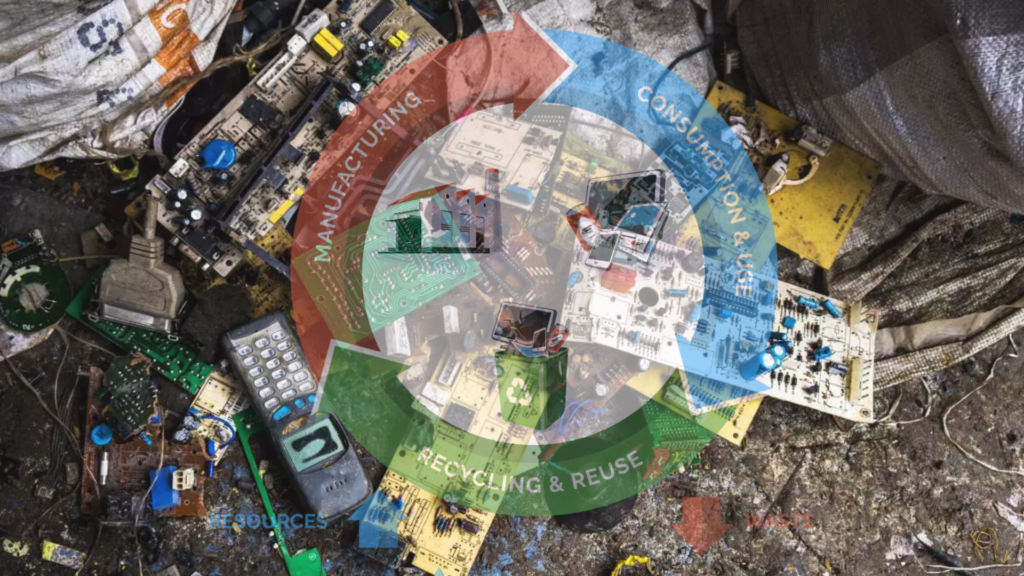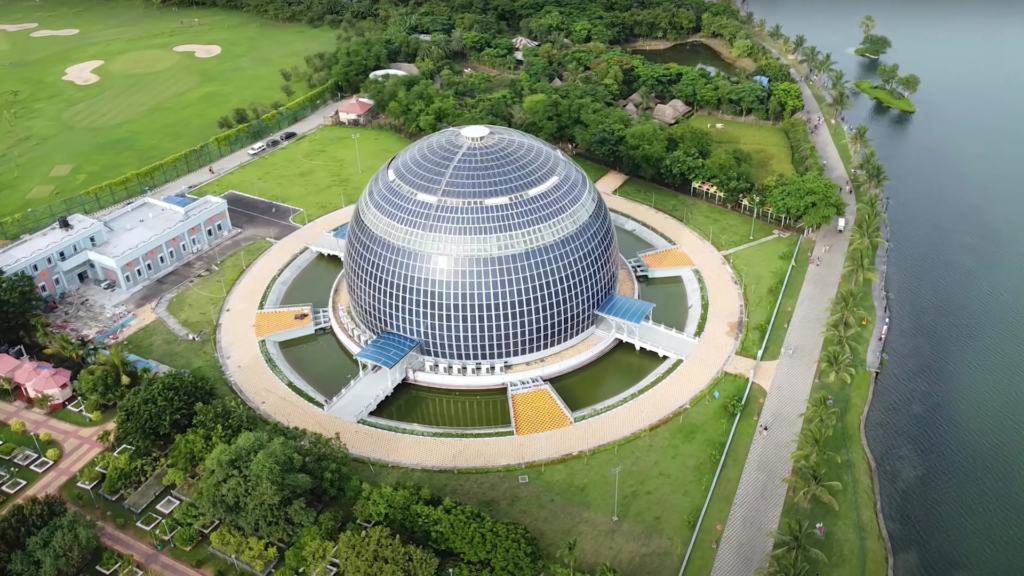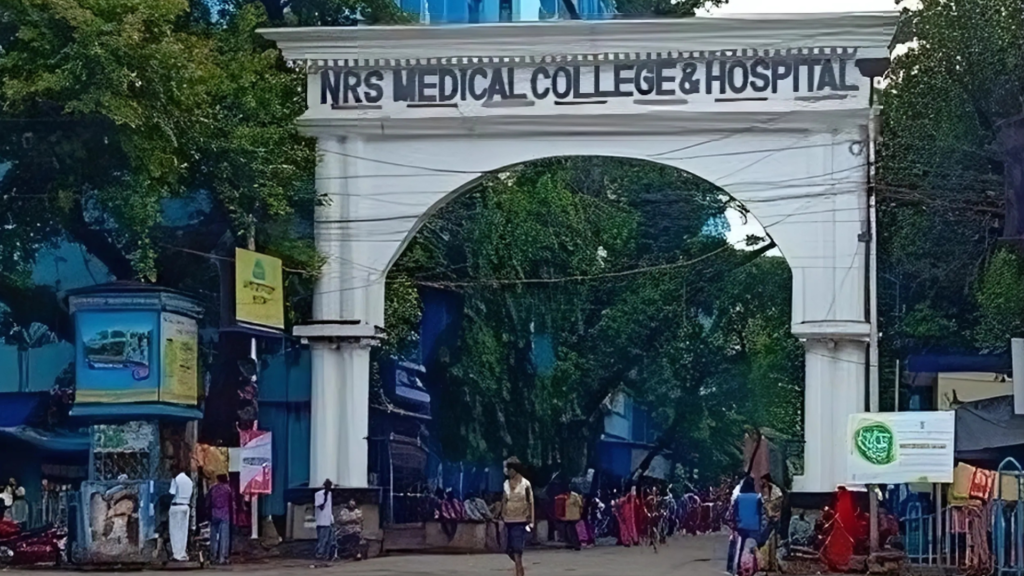KMC launches e-waste collection programme
September 11, 2024 2 min read

The Kolkata Municipal Corporation (KMC), in collaboration with West Bengal Electronics Industry Development Corporation Limited (WEBEL) and West Bengal Pollution Control Board (WBPCB), launched its e-waste collection programme on Saturday, September 7. The programme offers incentives to city residents who bring their e-waste to the designated collection centres.
Mayor Firhad Hakim emphasised the urgent need to manage e-waste, as it not only pollutes soil and water but also contributes to air pollution. “Local ragpickers, who collect electronic waste door-to-door, often break it down by hand in open spaces, releasing harmful gases that endanger their health and that of their families,” he noted.
“Around 33 metric tonnes of e-waste are generated daily in Kolkata, with projections of further increase. Collection centres will be established across all 16 KMC boroughs, with two centres in Borough I and Borough IX becoming operational on September 17,” Debabrata Majumder, Member Mayor in Council (Solid Waste Management) of KMC, said at the inauguration programme.
“Annually, 1.5 lakh metric tonnes of e-waste is generated, but currently, only 50 metric tonnes can be processed. Addressing this gap is a significant challenge,” WBPCB Principal Secretary Rajesh Kumar said. He informed that the Board has allocated Rs 10 crore to WEBEL for developing e-waste processing facilities.
WEBEL is the state’s nodal agency for e-waste management. It has developed an app to assist those operating the collection centres.
Those who want to dispose their e-waste will need to bring their items and their Aadhaar Card to any centre. The app will determine the value (incentive) of the e-waste, which will be credited to the seller’s UPI or bank account.
WEBEL is also setting up an integrated e-waste management facility in Sonarpur in South 24-Parganas district, expected to be operational by December, with a capacity to process 6 tonnes of e-waste per day.
The KMC’s updated e-waste rules have expanded the list of categorised items from 21 to 106, all containing hazardous components that pose a significant risk to human health if not properly recycled.









